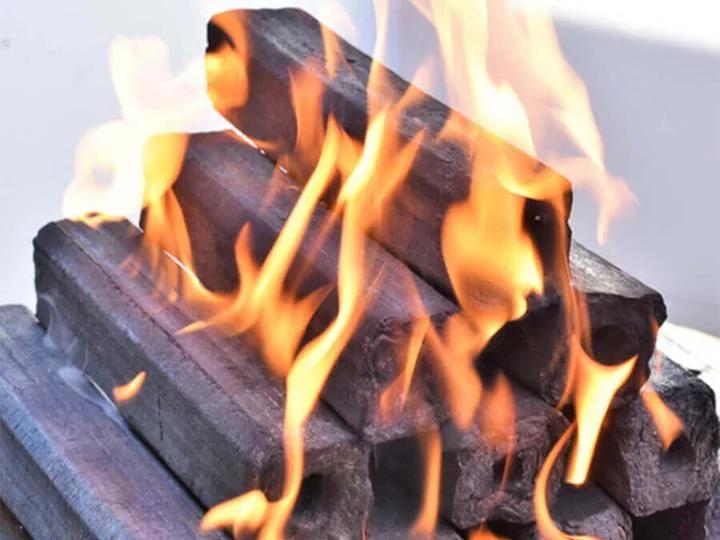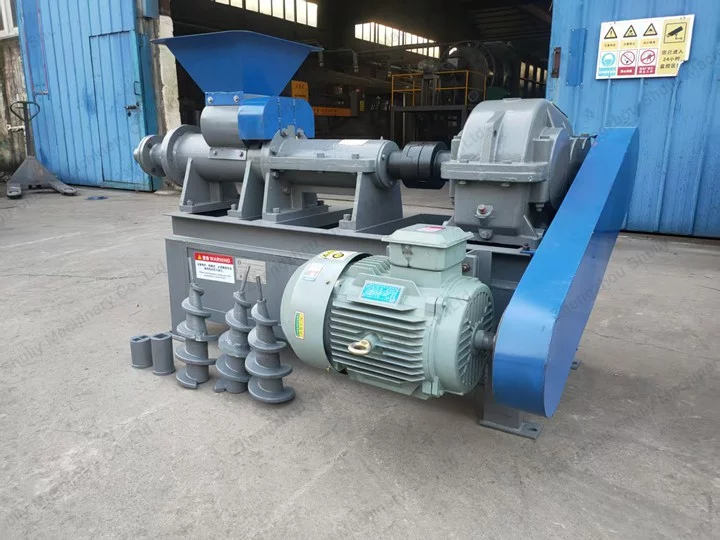الفرق بين البيوچار والفحم: الجوهر في التشابه
البيوشار والفحم متشابهان للغاية في المظهر، حيث أنهما كلاهما أسود، مسامي، خفيف الوزن، ومواد كربونية، وكلاهما يُنتج من المواد العضوية عن طريق التحلل الحراري. كلاهما له خصائص معينة من القابلية للاحتراق أو الامتصاص ويستخدمان على نطاق واسع في الزراعة والطاقة والمعادن وغيرها من المجالات.
ومع ذلك، فإنها تختلف اختلافًا جوهريًا من حيث مصدر المواد الخام، والغرض من الاستخدام، والخصائص البيئية، وطرق المعالجة. سيساعدك فهم هذه الاختلافات في اختيار المادة الكربونية المناسبة لاحتياجاتك.
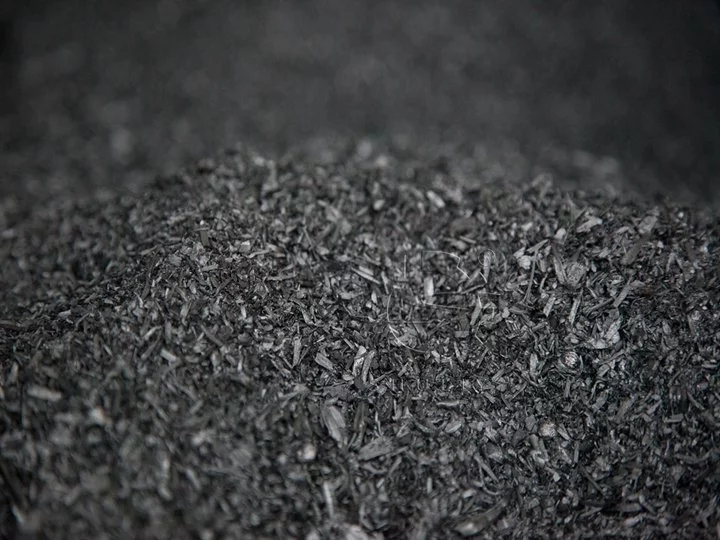
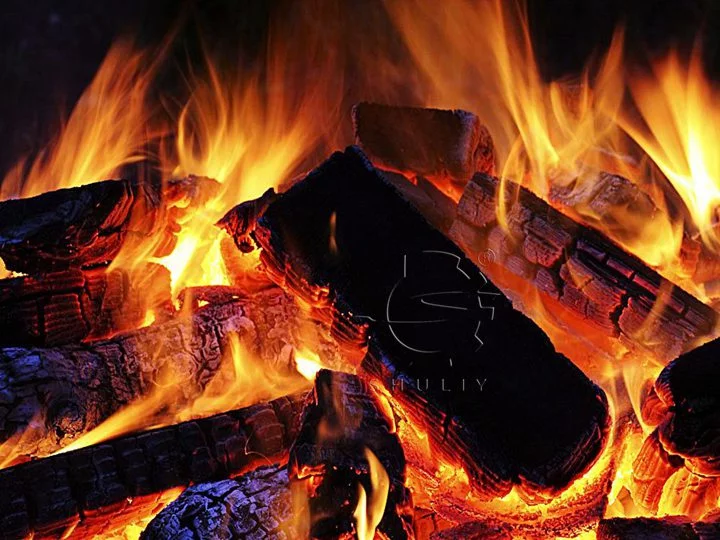
التحلل الحراري: الحياة الماضية الشائعة للفحم والفحم الحيوي
العملية الأساسية لإنتاج كل من الفحم والفحم الحيوي هي التحلل الحراري. تشارك هذه العملية في تسخين المادة العضوية عند درجات حرارة عالية في بيئة لاهوائية أو ناقلة للأكسجين لتحويل الكتلة الحيوية إلى كربون صلب (فحم أو فحم حيوي)، وقار سائل، وغاز.
العوامل الرئيسية التي تؤثر على عملية التحلل الحراري تشمل:
درجة الحرارة: درجة الحرارة المتوسطة (350 درجة مئوية - 600 درجة مئوية) مناسبة للفحم، ودرجة الحرارة العالية (أعلى من 600 درجة مئوية) تستخدم عادة للفحم الحيوي.
معدل التسخين: التحلل الحراري السريع مفضل لإنتاج الغاز، في حين أن التحلل الحراري البطيء مفضل لإنتاج الفحم الصلب.
نوع المادة الخام: ستؤثر الاختلافات في المواد الخام مثل الخشب والقش والقشور والروث وما إلى ذلك، على بنية وتكوين الفحم النهائي.
وقت المكوث: كلما طالت فترة التحلل الحراري، زادت درجة الكربنة، ولكن استهلاك الطاقة يزداد وفقًا لذلك.
ما هو الفحم النباتي؟
الفحم هو مادة كربونية قائمة على الوقود مصنوعة أساسًا من المواد الخام اللجنوسليلوزية مثل الخشب وقشور الفواكه ورقائق الخيزران، وما إلى ذلك، والتي يتم كربنتها تحت درجات حرارة عالية وظروف نقص الأكسجين.
هدف إنتاجه هو بشكل رئيسي الحصول على فحم قابل للاحتراق ذو قيمة حرارية عالية ورماد منخفض، يمكن استخدامه مباشرة:
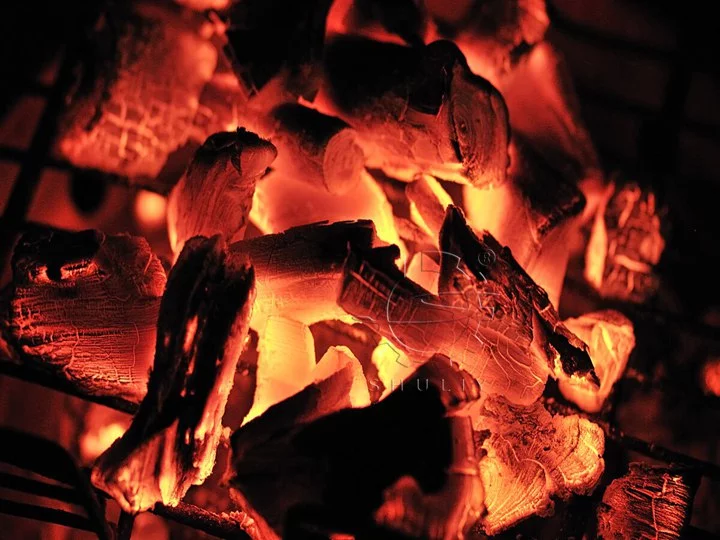
صناعة المعادن كعامل اختزال.
وقود يومي للشواء والتدفئة، إلخ.
حرف الفحم، المواد الخام للفحم النشط، إلخ.
من وجهة نظر بيئية، ستطلق عملية إنتاج الفحم التقليدية كمية معينة من السخام والمواد المتطايرة، والتي قد تسبب تلوثًا للبيئة المحيطة إذا لم يتم التعامل معها بشكل صحيح.
ومع ذلك، مع اعتماد معدات التحميص الحديثة، فإن الانبعاثات قابلة للتحكم ومعدل استخدام الكربون أعلى، مما يتطور تدريجياً نحو حماية البيئة والحجم.
ما هو الفحم الحيوي؟
النقطة الأساسية لبداية الفحم الحيوي، من ناحية أخرى، هي تحسين التربة ووظائف مصارف الكربون. وعادة ما يتم صنعه من النفايات الزراعية مثل بقايا المحاصيل، وروث الماشية، وقش الأرز، وأقماع الذرة.
لا يتم تحلله حراريًا لغرض الاحتراق ولكن يتم إعادته إلى الحقل أو استخدامه كإضافة للتربة. تشمل استخداماته الرئيسية:
يعزز قدرة التربة على الاحتفاظ بالمياه والأسمدة.
تعزيز النشاط الميكروبي.
يصلح المعادن الثقيلة ويقلل من تلوث التربة.
يعمل كخزان للكربون ويستقر في احتجاز الكربون مع مرور الوقت، مما يساعد في مكافحة تغير المناخ.

البيوتشار أكثر صداقة للبيئة من الفحم. مهمته الرئيسية ليست الاحتراق، بل 'تخزين الكربون' و'حماية التربة'.
خط إنتاج الفحم شولي – حلول احتراق احترافية.
سواء كنت ترغب في إنتاج الفحم أو الفحم الحيوي، يمكن لشركة شولي تقديم معدات الكربنة الفعالة والمستقرة ومجموعة كاملة من المعدات الداعمة:
تدعم خط الإنتاج بالكامل التخصيص ويمكن تكوينه بشكل مرن وفقًا لظروف الإنتاج، وتزويد الطاقة، والمواد الخام. إنه مثالي لمعالجة الفحم أو الفحم الحيوي.
استنتاج
في سيناريوهات التطبيقات المختلفة، يجب اختيار الفحم أو الفحم الحيوي وفقًا للاحتياجات المحددة. لا يزال الفحم هو الخيار الأول للاحتراق الفعال.
ومع الأهمية المتزايدة للتنمية المستدامة ومكافحة تغير المناخ، فإن الفحم الحيوي، الذي يتمتع بفوائد مزدوجة تتمثل في تحسين التربة وتخزين الكربون، يحظى بمزيد من الاهتمام.
لقد أصبح أداة مهمة في ممارسة حماية البيئة. لذلك، سيساعدنا الفهم الصحيح والتمييز بين هذين المادتين على اتخاذ قرارات أكثر صداقة للبيئة وطويلة الأمد في الاستخدام الفعلي.

